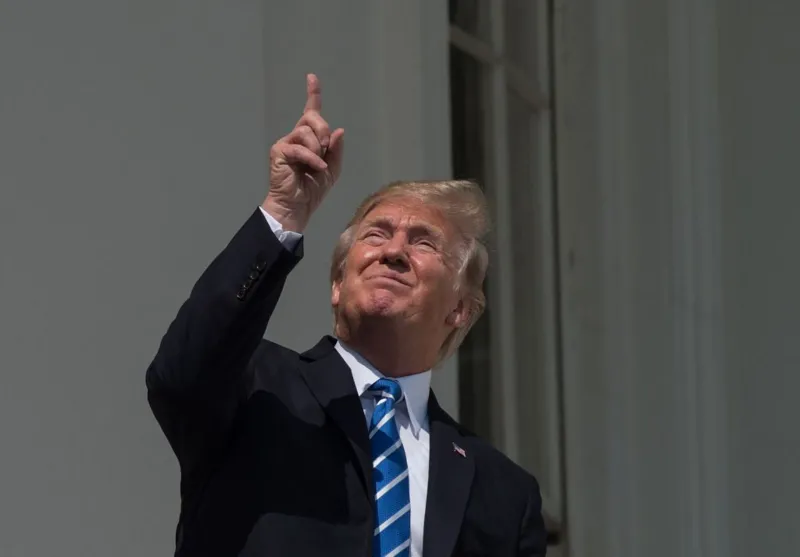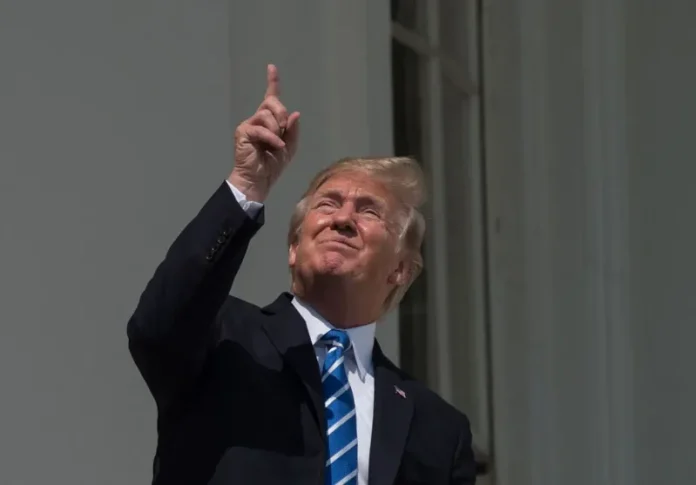US President-elect Donald Trump has pledged to eliminate daylight saving time (DST), calling it “inconvenient” and “very costly” for Americans. Trump made the announcement on his social media platform, Truth Social, stating that while DST has “a small but strong constituency,” it is time for the country to move on. He added that the Republican party would work toward ending the biannual clock changes.
What is Daylight Saving Time?
Daylight saving time involves moving clocks forward by one hour in spring and back an hour in autumn to make better use of natural daylight. While a third of the world’s countries observe DST, including most of Europe, debates over its effectiveness have persisted for years in the US.
The Argument For and Against DST
Opponents of DST advocate for a return to standard time, arguing that more morning light improves sleep patterns, reduces fatigue, and benefits overall health. They claim that shifting clocks disrupts sleep cycles, leading to stress and adverse mental health effects.
On the other hand, proponents of DST argue that brighter evenings lead to practical benefits, such as fewer road accidents, reduced crime, energy conservation, and more time for outdoor activities. Supporters believe permanent DST could positively impact the economy by extending productive hours.
Previous Efforts to Change DST
This is not the first attempt to reform daylight saving time in the US. In 2022, the Democratic-controlled Senate passed the Sunshine Protection Act, a bill introduced by Republican Senator Marco Rubio to make DST permanent. However, the bill stalled before reaching President Joe Biden’s desk. Interestingly, Rubio has now been chosen by Trump to serve as Secretary of State in his incoming administration.
The Origins of DST
The United States first introduced DST during World War I in 1918 to conserve fuel, but the practice was repealed shortly after due to its unpopularity with farmers. It returned during World War II and became permanent in 1966, though states were allowed to opt out. Currently, Hawaii and most of Arizona do not observe DST.
Global Trends on DST

Countries like Mexico and Jordan officially ended DST in 2022, while regions near the US border in Mexico still follow it for economic reasons. Some nations, including Turkey and Russia, have opted for permanent DST instead.
Research by Joan Costa-i-Font, a professor at the London School of Economics, highlights the economic cost of DST. His findings suggest that ending the time change could increase economic output by €754 ($792) per person annually, owing to improvements in health and productivity.
Public Opinion
Polling by Monmouth University indicates that two-thirds of Americans favor ending the clock-changing tradition, with many supporting permanent DST.
As Trump prepares to push for the elimination of daylight saving time, the debate continues over whether this timeworn practice still has a place in modern society.



